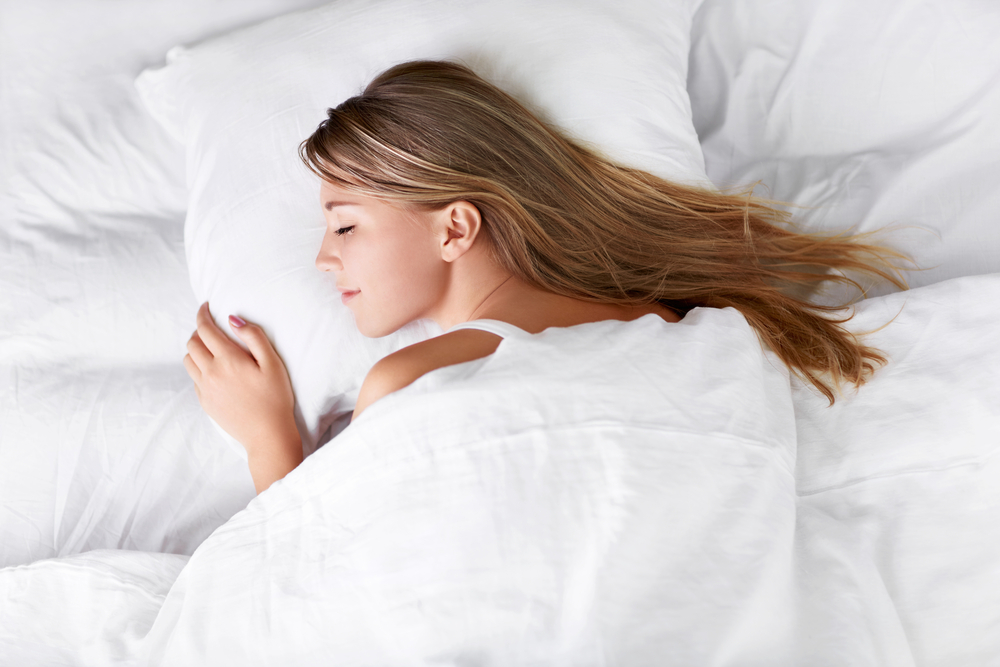THE TRUTH BEHIND THREAD COUNTS
Originally aired on ABC's Good Morning America

March 22, 2006 — When it comes to buying bedding, the conventional wisdom goes like this: The higher a sheet's thread count, the higher the quality, and, of course, the higher the price.
But Good Housekeeping magazine has been tracking this deceptive practice for years and has found that some manufacturers exaggerate the number of threads per square inch of fabric. The problem is that many threads are made up of multiple strands of yarn and manufacturers count each strand when they calculate the thread count.
Kathleen Huddy works for the Good Housekeeping Institute and is trying to uncover phony top-quality sheets.
"It feels like a tablecloth," she said. "Who wants a tablecloth on their bed? Who wants to have a tablecloth over them when they're sleeping?"
Seven out of eight sheets tested by the Good Housekeeping Institute flunked thread count tests. There are telltale ways to spot an exaggerated count.
"The tip-off is, a really high thread count is really, really expensive," Huddy said. "You don't get a 1,500 thread count sheet for $149.99 a set."
When Good Housekeeping analyzed sample sheets, it found manufacturers exaggerating their thread count by three to five times. They found one sheet that was labeled as having a 1,500 thread count, but it actually only had 300 threads per square inch. That's false advertising, Huddy said.
"We looked at it in 2002 and found a lot of problems," she said. "Again, the same thing. Inflationary thread counts."
After Good Housekeeping and "Good Morning America" first investigated, the textile industry rewrote its voluntary standard, making it clear that thread count should be based on threads, not individual strands or plies within a thread. The Federal Trade Commission wrote a letter supporting that technique, saying, "Consumer could be deceived or misled by the practice of stating an inflated thread count."
"Investing in a sheet set is important because it will last a long, long time," Huddy said. "Some people have them for 20 years, and they're fine. So think about that. Don't just think about the price when you're going to buy a set of sheets."
Tips for finding a good sheet:
- If you prefer a crisp sheet, choose a percale weave, which is typically just a 200 thread count to 300 thread count.
- For a soft, silky sheet, choose a sateen weave, which is usually 500 to 600 in thread count.
- Price counts: Price is a good indicator of whether a sheet really is the thread count you want.
Remember, cheap sheets are susceptible to shrinking.
SOURCE: http://abcnews.go.com/GMA/Moms/story?id=1751253
